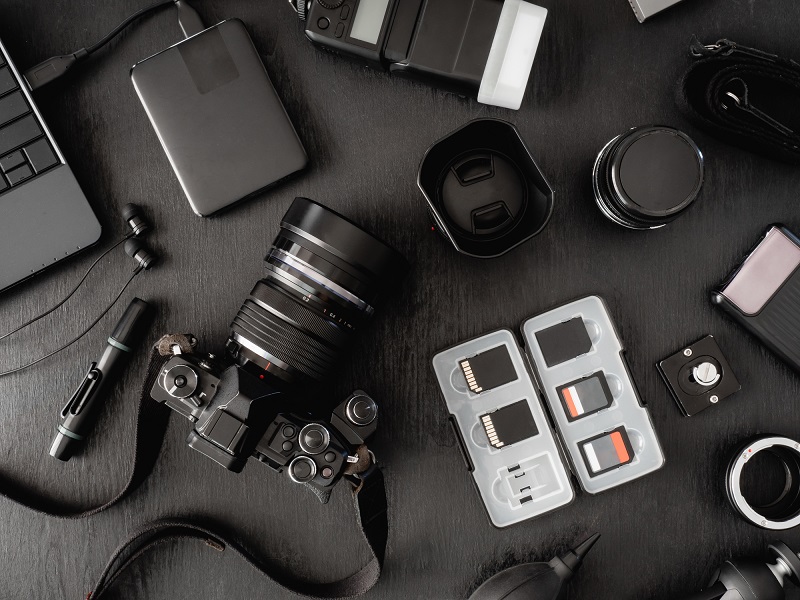A complete breakdown of how to convert the CR2 to EPS
| December 18, 2019

The CR2 file type is an amazing way to digitize and preserve a photographer’s original intent. However, once it comes time to edit and share these files, they fall a little flat. Fortunately, you can convert the CR2 to an EPS in order to give yourself more room to work with. Here’s a breakdown of both the file types, followed by a guide to convert.
What is a CR2?
The CR2 image file is the extension used for photographs taken from a Canon camera and uploaded onto a computer. CR2 stands for Canon Raw 2, meaning the second edition, and it’s a large file size that offers high resolution images – raw images of photographs. The CR2 is tough to edit and is pretty tough to share due to its size.
What is an EPS?
The EPS image file stands for encapsulated postscript and gives valuable information about image files using image previews and descriptions. It holds both text and graphics and is customizable with immense potential for resizing. Many EPS images are purchased for the sake of size manipulations of some sort.

How to convert the CR2 to EPS
The EPS is a fairly unconventional, unique and complex file. Typically there’s a few manual options for converting image files but EPS requires outside software systems. There are in fact two different types of programs you could use, the first of which is a browser-based system. This type of tool is best for users who have fast internet connection, as it requires a download and upload. It’s also good for anyone who has limited hard drive space or who only needs to convert a few files. I prefer Convertio due to its fast speeds and easy-to-use interface.
The other way to convert is by using a system that installs to your computer. This option suits users who have a lot of hard drive space to store numerous files. It’s also great if you lack internet access or fast connection. Most importantly, it’s best for users who have a lot of different files to convert. If this type of system seems to fit you better, I recommend ReaConverter for it’s convenient, no-nonsense efficiency.

Why convert?
The EPS is essentially a bridge that allows photographers to move their work off their camera onto the computer. Outside of that, it really has very little purpose (other than being a raw image of what the photographer snapped). Because of this, it makes a lot of sense to convert it to a different image file type.
The reason the EPS functions so much better once converted is because other image types are much better when it comes to sharing and editing. The EPS is large in resolution and thus harder to share. It also is very hard to edit. The EPS, on the other hand, is a bit more accessible for all users.
Make sure you understand the ins and outs of the EPS before converting your CR2 files over. It’s not the most straightforward file type out there but it definitely has its advantages and needs to be considered.
